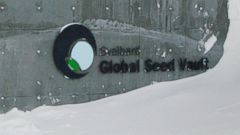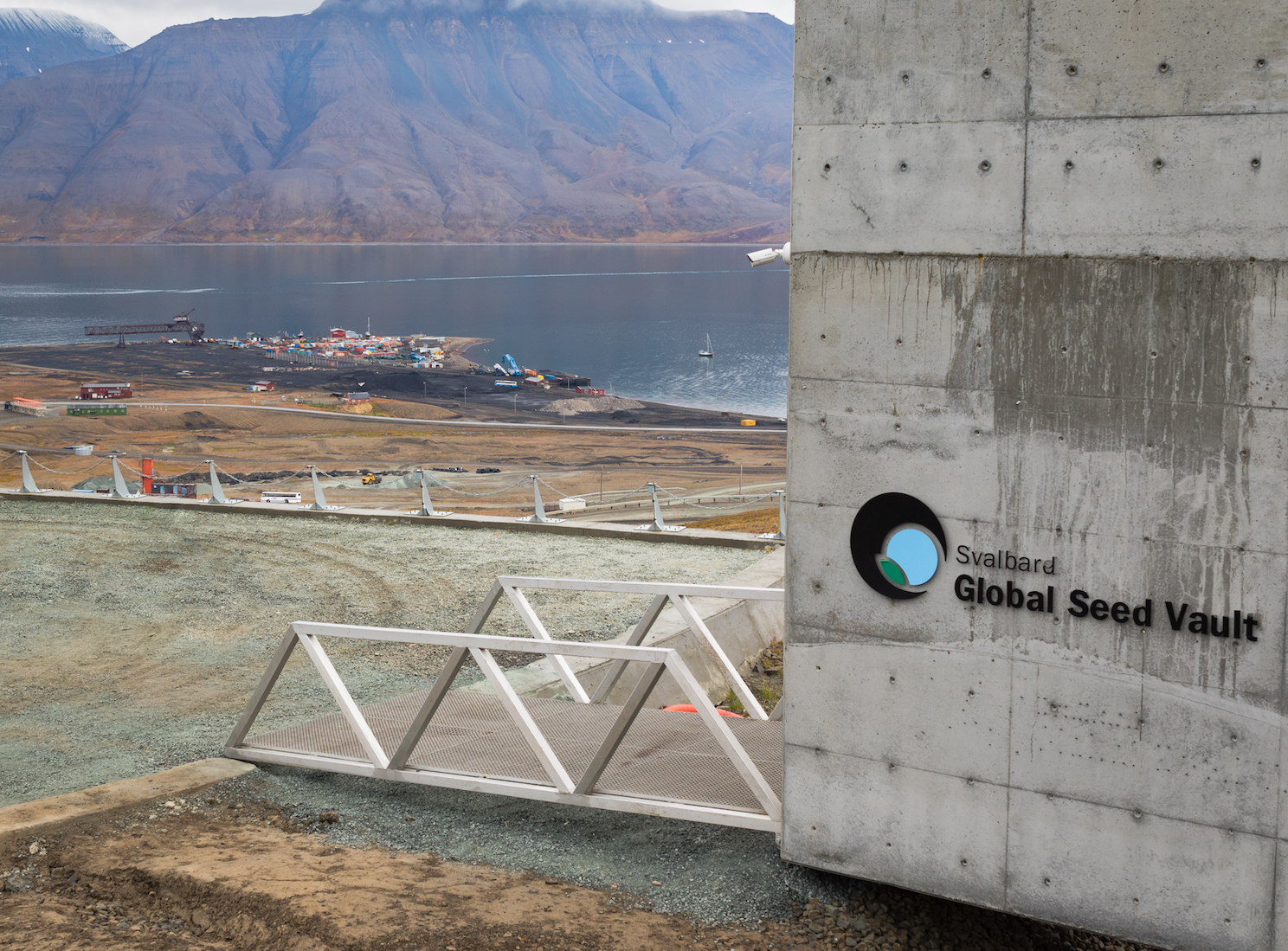
“I had to find a solution,” he said.ījerke got in his truck and drove up the winding road to the vault, scraped aside the ice crystals on the steel door and let himself in. The surrounding permafrost would keep the temperature from rising above -6C, possibly for months, but malfunctions were never supposed to happen at Svalbard.
INSIDE NORWAY DOOMSDAY VAULT FULL
On 16 December, the temperature was a full 2C above the -18C established as the optimal temperature for ensuring the vault’s contents would remain viable. Take a look around the seed bank in Svalbard which contains the world’s most prized crops Guardian “Some days I am up there two or three times.” “I have it on the screen all day,” he told me. He constantly checks the temperature, humidity, and other conditions inside the vault. The explicit promise of the Crop Trust, the international foundation behind the vault, was that the seeds at Svalbard would endure for ever, a lifeline in an uncertain future.Īs the man tasked with monitoring the vault, Bjerke feels the weight of that responsibility every day. In the event of a cataclysmic crop failure – for example, from a virulent new disease – and if all other samples of a given crop were destroyed, the world could count on the collection at Svalbard to provide the source material for the breeding of new varieties. On arrival at the vault, the seeds were plunged to a temperature of -18C, frozen in time against drought, pestilence, war, disease, and the slow-moving disaster of climate change.įor plant scientists and farmers to breed the traits that can resist higher temperatures and long-term droughts, they need access to genetic diversity. The late Kenyan environmental activist and Nobel laureate Wangari Maathai made the first deposit, a box of rice seeds, in February 2008. Governments from Washington to Pyongyang agreed to deposit back-up copies of their most precious plant resources in Svalbard. When governments began to talk about the danger to crops from climate change, Norway emerged as one of the only places still trusted by both developing and industrialised countries: if there was to be an agreement on founding a safe house for seeds, Norway was the logical place. At a time when industrial-scale farming was perceived as a threat to crop diversity, it was the first experiment in using the permafrost as cold storage for seeds. But in the early 1980s, Nordic countries began using an abandoned mine shaft, down the hill from the vault, as a safe house for seeds. Nothing grows there apart from wildflowers and grass. There exist no signs that it was settled by humans before whalers and hunters built small communities along the coast, and coal was found. The site was built to be disaster-proof: 130 metres up the mountain in case of sea-level rise, earthquake resistant, and with a natural insulation of permafrost to ensure the contents were kept frozen for decades to come.Ībout 60% of Svalbard is glacial. That morning, it contained the seeds of nearly 4,000 plant species – more than 720,000 individual plastic-sheathed samples. Since 2008, the Svalbard seed vault and its guardians have been entrusted by the world’s governments with the safekeeping of the most prized varieties of crops on which human civilisation was raised. In the most important property under his care – the Svalbard Global Seed Vault – the temperature reading was off.

It is a stunning view, but that day, the monitor commanded Bjerke’s attention. Statsbygg’s green industrial-style building sits on a hill overlooking the town and the inky blue waters of a fjord. But when Bjerke arrived at the office, he was looking forward to spending Christmas with his wife and three children near Oslo. Bjerke loved the stillness, and getting out into that big white Arctic wasteland on his snowmobile so much so that he signed on for a second posting at Svalbard a decade or more after his first stint. For Bjerke, who works for the Norwegian government’s property agency, Statsbygg, the cold and isolation were the big attraction when he moved there.

The main town, Longyearbyen, has many unexpected comforts – tax-free liquor and cigarettes, clothing stores and a cafe with artisan chocolates shaped like polar bears and snowflakes. The archipelago, which lies in the Arctic ocean, is under Norway’s control, but it is nearly twice as far from Oslo as it is from the North Pole. The morning of 16 December 2014 was relatively mild for winter in Svalbard: -7.6C with moderate winds. One Tuesday last winter, in the town nearest to the North Pole, Robert Bjerke turned up for work at his regular hour and looked at the computer monitor on his desk to discover, or so it seemed for a few horrible moments, that the future of human civilisation was in jeopardy.


 0 kommentar(er)
0 kommentar(er)
